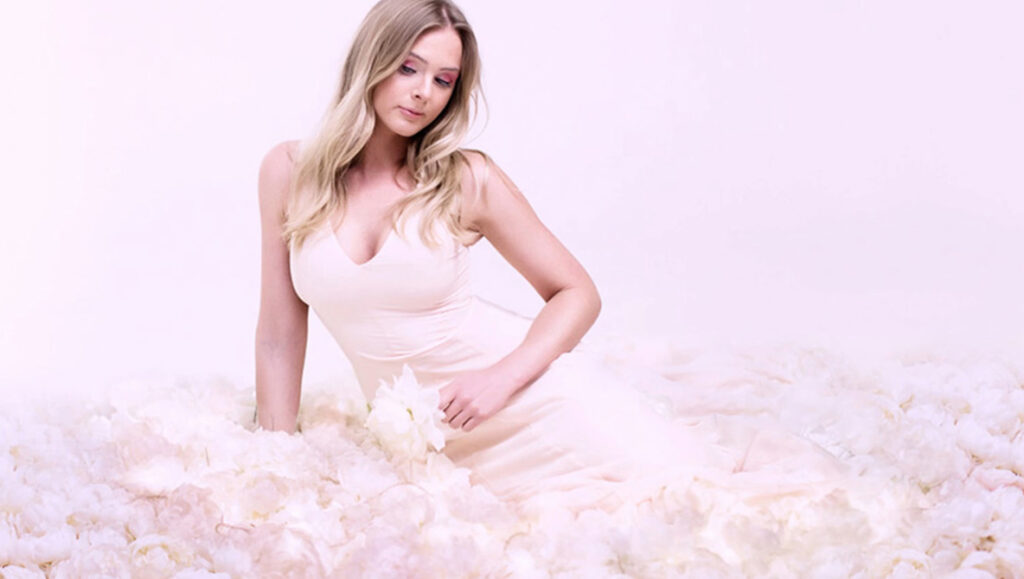Your choice of camera gear does not dictate your skill level in portrait photography, but the lenses you select play a crucial role. Picking the right lenses enhances your creativity and helps develop your unique style as a portrait photographer.
In a practical video from Martin Castein, he explains how just two lenses can meet nearly all your portrait photography needs. Castein argues that having tons of equipment doesn’t enhance your photos; instead, becoming proficient with a mid-range zoom and a prime lens offers versatility and fine-tunes your technique. He suggests beginning with a mid-range zoom, like a 24-70mm f/2.8 or a 24-105mm f/4, providing reliable framing and adaptability during studio shoots. Notably, Castein downplays the emphasis on lens sharpness, stating that almost any contemporary lens is sufficiently sharp for portraits. He clarifies that the choice between f/2.8 and f/4 largely depends on how often you shoot in low-light conditions outdoors.
Castein elaborates on why including a prime lens is beneficial, noting that such lenses help maintain consistency during outdoor shoots, especially with active subjects. Unlike studio environments, outdoor settings involve frequent movement, both from your subjects and yourself. A prime lens encourages you to avoid excessive zooming, leading to more intentional compositions. He explores three prime focal lengths—35mm, 50mm, and 85mm—each presenting unique benefits and challenges. With 35mm, you’re encouraged to think carefully about angles due to its wider perspective, which can enhance storytelling when applied thoughtfully. The 85mm lens provides polished, professional-looking portraits because of its compression effect, but it challenges you to avoid generic headshots or uninteresting backgrounds. The 50mm lens offers a middle ground, capable of outstanding results but requiring mindful compositional decisions to prevent monotony.
Delving deeper, Castein highlights the importance of the 50mm lens. Often seen as “boring,” this focal length can significantly enhance your compositional skills by combining the environmental aspects of the 35mm with the flattering qualities of the 85mm. He encourages you not to disregard it too soon, arguing that mastering the 50mm lens will cultivate your abilities as a more thoughtful portrait photographer. Your choice in this aspect is significant; it reflects how intentionally you wish to engage with your photography.
What makes this advice valuable is its practicality. Instead of overwhelming you with numerous lens options, Castein simplifies your choices to two essential lenses, empowering you to shoot confidently in almost any situation, whether indoors or outdoors. His method cuts through the common obsession with gear that distracts many photographers, focusing instead on purposeful composition and a deep understanding of your equipment. The main message is not about accumulating gear, but making informed choices and utilizing your lenses to their fullest potential. Watch the video above for Castein’s complete insights.


